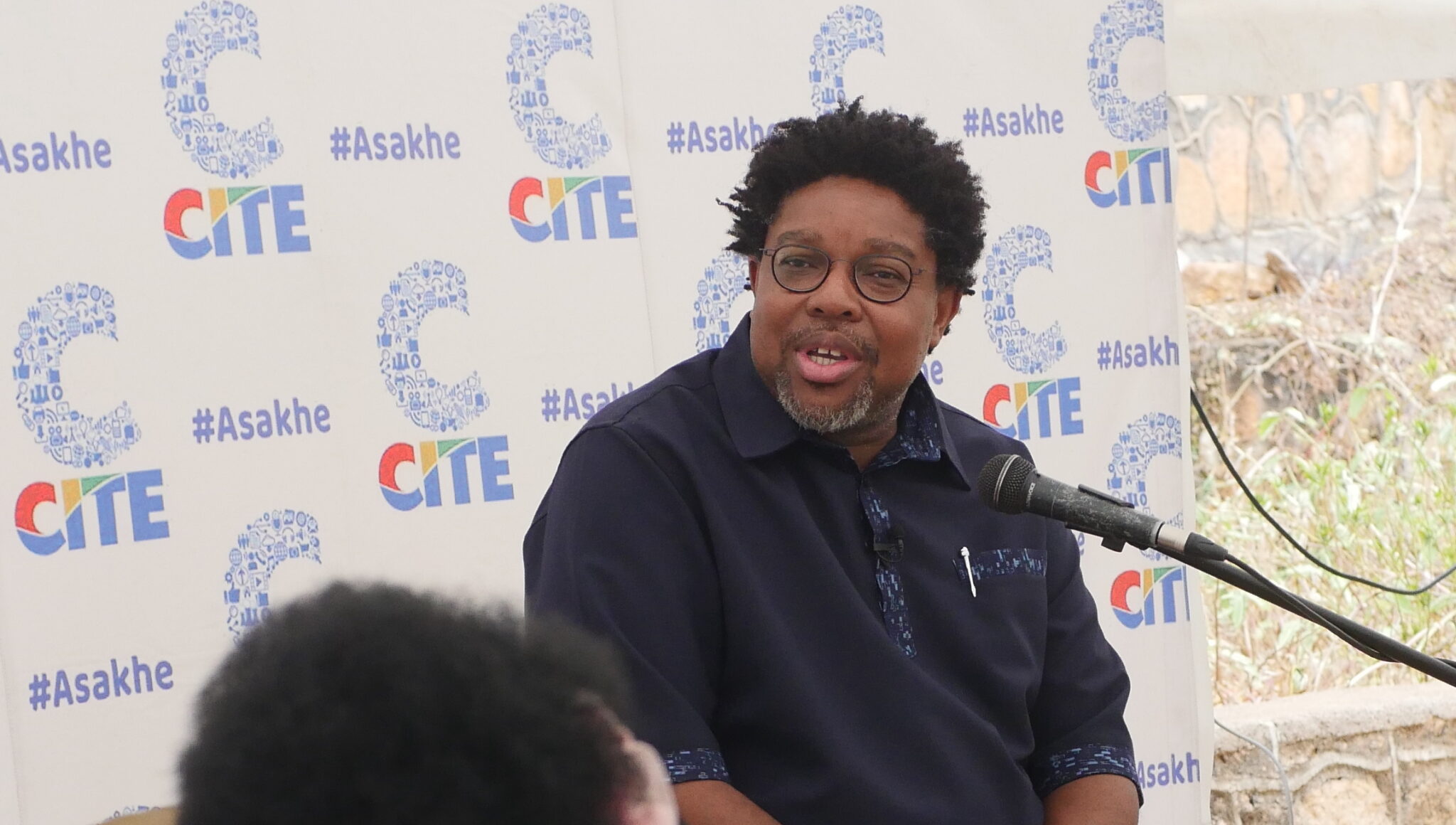While entrusting chiefs with resolving Gukurahundi has been met with scepticism from different sectors of society, it provides a “great opportunity” for the genocide to be properly documented, a criminal law expert, Siphosami Malunga, has said.
President Emmerson Mnangagwa has since begun a process of resolving the emotive issue through chiefs, who are considered custodians of culture
Delivering a public lecture on Gukurahundi in Bulawayo Wednesday, Malunga said while the process is not perfect, it comes with some opportunities.
“There are a lot of issues that still remain unclear about this process of asking the chiefs to address [Gukurahundi] but there are some good things,” said Malunga.
“I am sure people out there including some of my friends in government who feel I never give them any credit are wondering is he OK today that he can say there is something good that comes from the government. If something is good, something is good. I think there are great opportunities here.”
Malunga elaborated: “One thing that people don’t understand is that Gukurahundi was never appropriately documented. It wasn’t. We all talk about it in harsh tones. In the villages, people are scared to talk.”
He said the closest to documenting Gukurahundi is the Breaking the Silence report produced by the Legal Resources Foundation (LRF) and the Catholic Commission for Justice and Peace (CCJP) which also has its own shortcomings.
“The primary source document for Gukurahundi is Breaking the Silence and Breaking the Silence from even an academic perspective even though I contributed as a young researcher to it, is not that great,” he said.
“It’s a great report. It’s a report. I have to stress this: it is a report and I am not undermining its value because it’s a report based on first-hand account of victims documented at the time by very courageous missions – Phumula Mission, St Luke’s and Minda – and the whole a lot of other people that were there.”
Explained Malunga: “What Breaking the Silence brilliantly does: it captures those accounts as they were happening but it doesn’t analyse them. It doesn’t say what they are. There are fundamental limitations of Breaking the Silence. It restricted to a small geographic area, two districts in Matabeleland – Matobo and Tsholotsho. We have never been able to effectively and comprehensively document what happened. We have never been able to do that. Breaking the Silence doesn’t capture in full scope and breadth of what happened.”
He said the new process led by traditional leaders should not be immediately dismissed.
“It gives us an opportunity for people to speak about what happened to them in their own villages,” argued Malunga.
“It’s a wonderful opportunity to document Gukurahundi as comprehensive as possible. I know you will say ‘oh no, no, the government will never allow it. But if we are finally having processes in the villages we are hopefully going to hear what happened everywhere else despite our scepticism about the authenticity, credibility and sincerity of the government as perpetrator and cum now resolver of the issue. It’s an opportunity.”

